Canon EOS R: My Thoughts After Using It for a Year
There I was merrily talking shop on a summer afternoon when a photographer friend said ‘hey buddy, have you ever had a play with one of these?.’ He whips out a Sony, and that’s when life got “flipped-turned upside down.”
I’m sure the conventional mirrored/prism DSLRs still have a place for studio photographers, but with weddings being my main focus, it’s sad to say that I can’t ever see myself buying another one. With one new body alone costing anywhere in the region of £3000+, purchasing a whole new system was never an option for me.
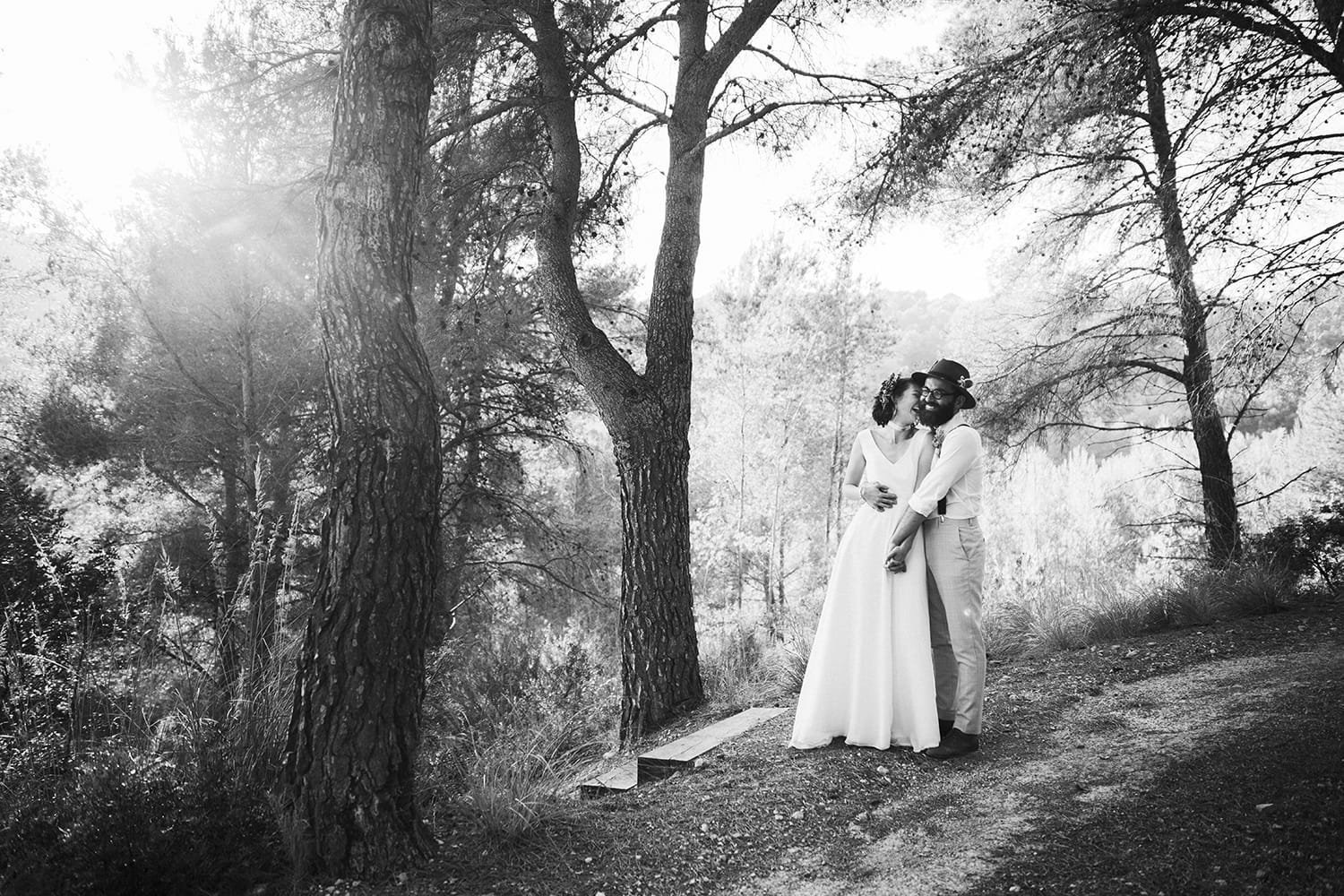
Plus, I like my lenses! So I was willing to explore Canon’s mirrorless offering. Enter the Canon EOS R. What an absolute hammering this camera took in the photographic press… and rightly so.
Canon was late to the party, and we were expecting something big. The R, on paper at least, was a letdown. It looked to be an incomplete product, coming up short on multiple fronts when pitted against the competition.
However, I’m still glad I bought one. It’s a solid piece of kit and it feels well made. Even with its shortcomings, it’s ‘better‘ than many of the DSLRs (for me and how I work anyway) currently in their lineup.
With the R5 and R6 on the horizon, a price drop for the R and RP should be in the pipeline, which puts them in the reach of a whole new audience interested in exploring what mirrorless has to offer.
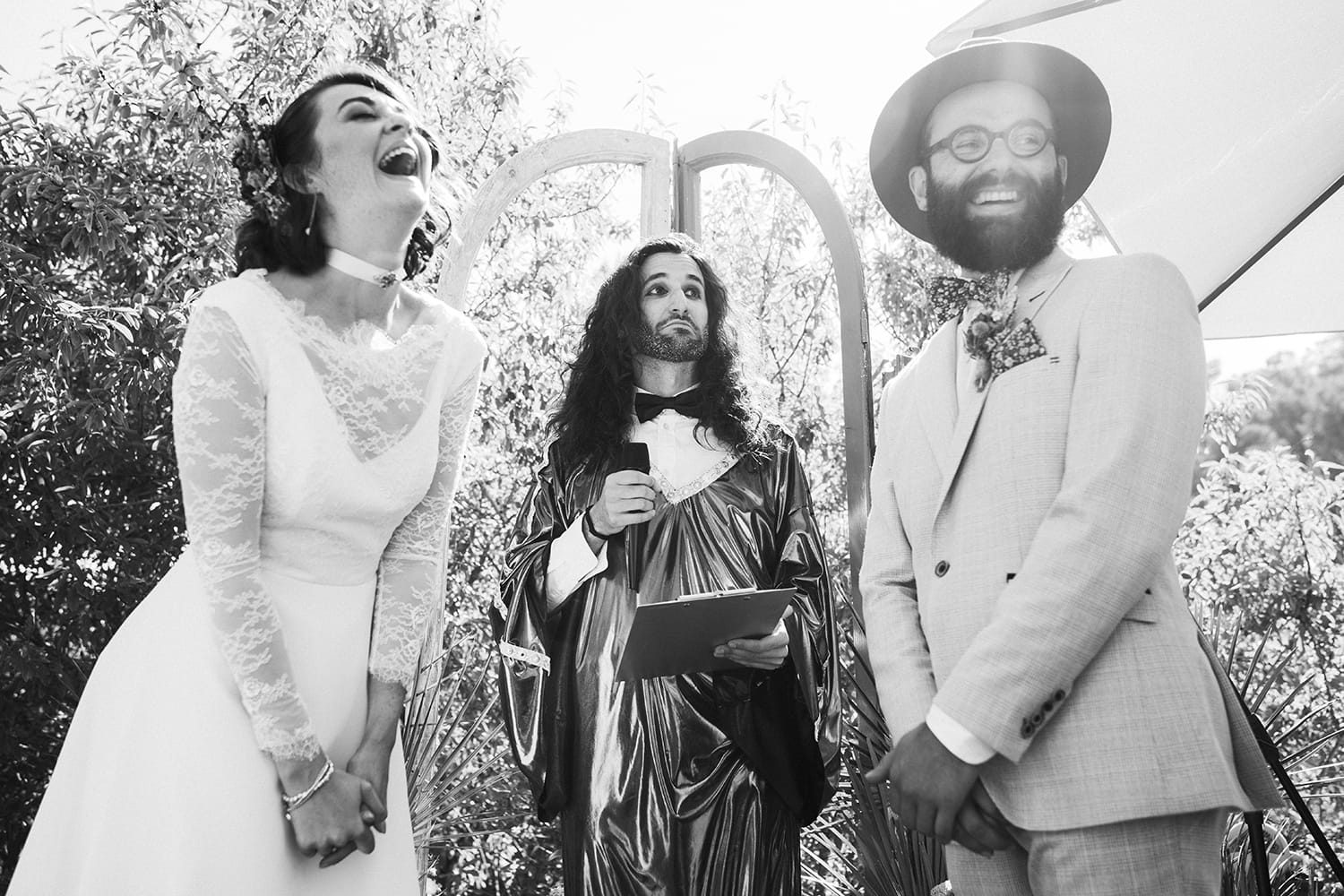
I’m a wedding photographer, so this overview is, of course, weighted to my needs and style of shooting. Even so, hopefully, there’s some useful information for any current Canon users interested in venturing into the mirrorless system.
The good
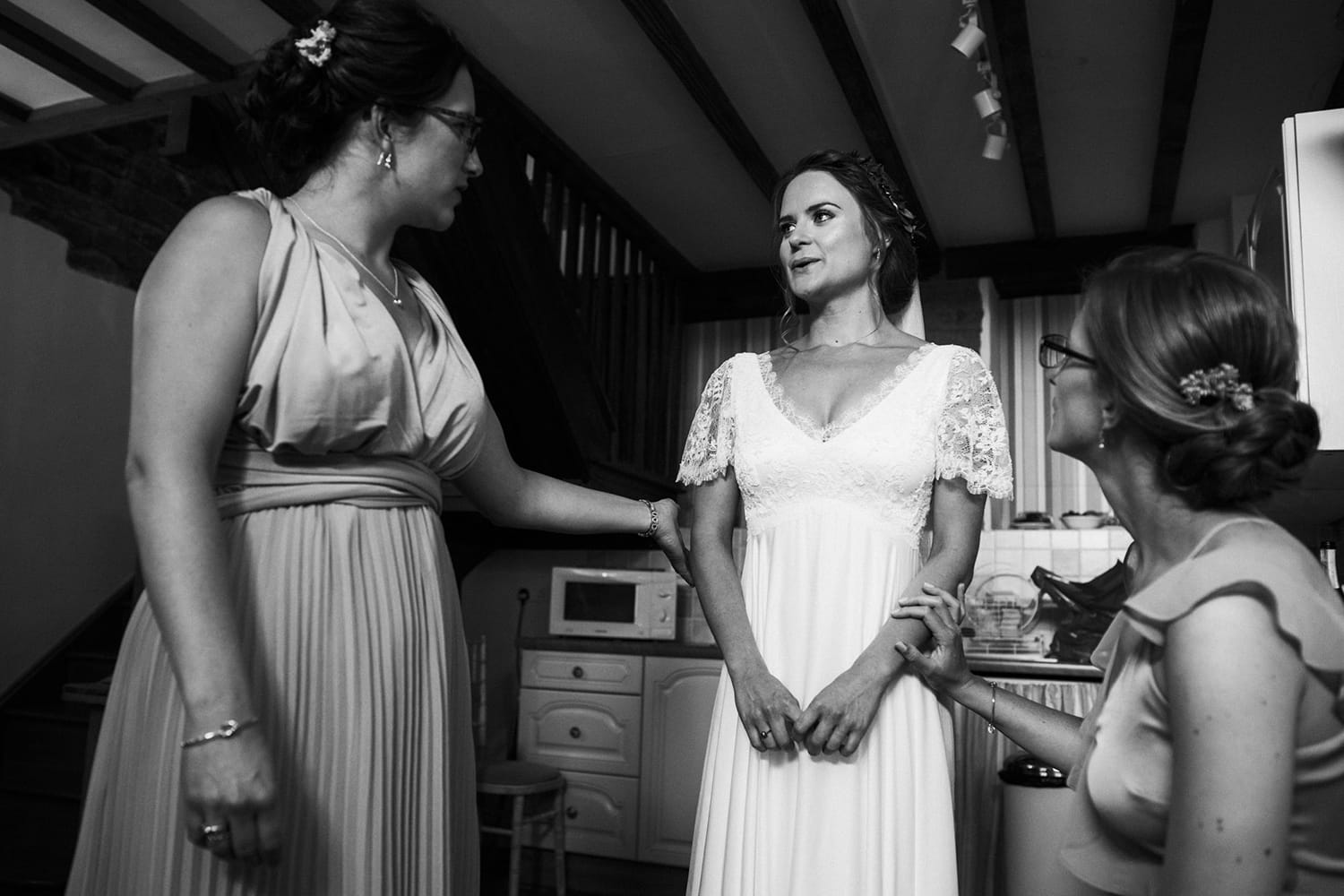
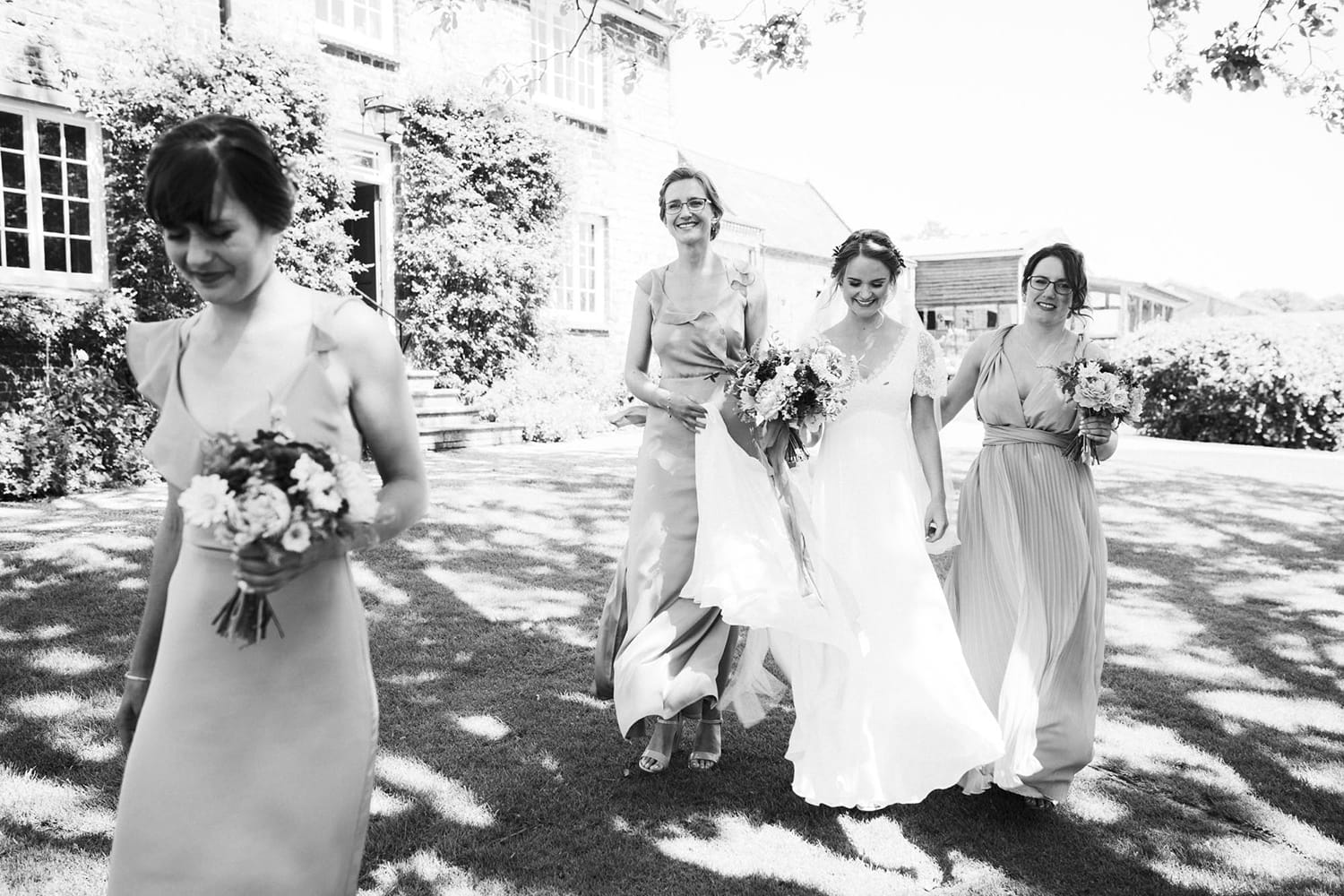
No migraines!
I was genuinely worried that I wouldn’t be able to use mirrorless cameras as they employ an EVF screen in the viewfinder rather than a prism. I thought straining my eyes whilst concentrating on a EVF would trigger me. Thankfully, after a full wedding season and countless thousands of frames, I can say that it hasn’t affected me.
Silent shutter
During the most solemn or intimate moments, the last thing you want is to cut through the silence with a weighty ‘click.’ This feature in that respect is priceless. It gives you the freedom to rattle off a few frames without drawing attention to yourself.
But don’t get caught out. If you use it under LED or fluorescent lights, then there’s potential for banding across your images, which is an absolute nightmare to fix in post. Sadly lighting is something I see venues continually get wrong, so indoor use can be limited. On the other hand, the mechanical shutter is quieter than any of my DSLRs, so even if you can’t use it, it’s not the end of the world.
Autofocus speed
Autofocus is fast and accurate, with more focus points than you’ll probably ever use. Speed and accuracy offer significant improvements over all Canon DSLRs I’ve used in the past.
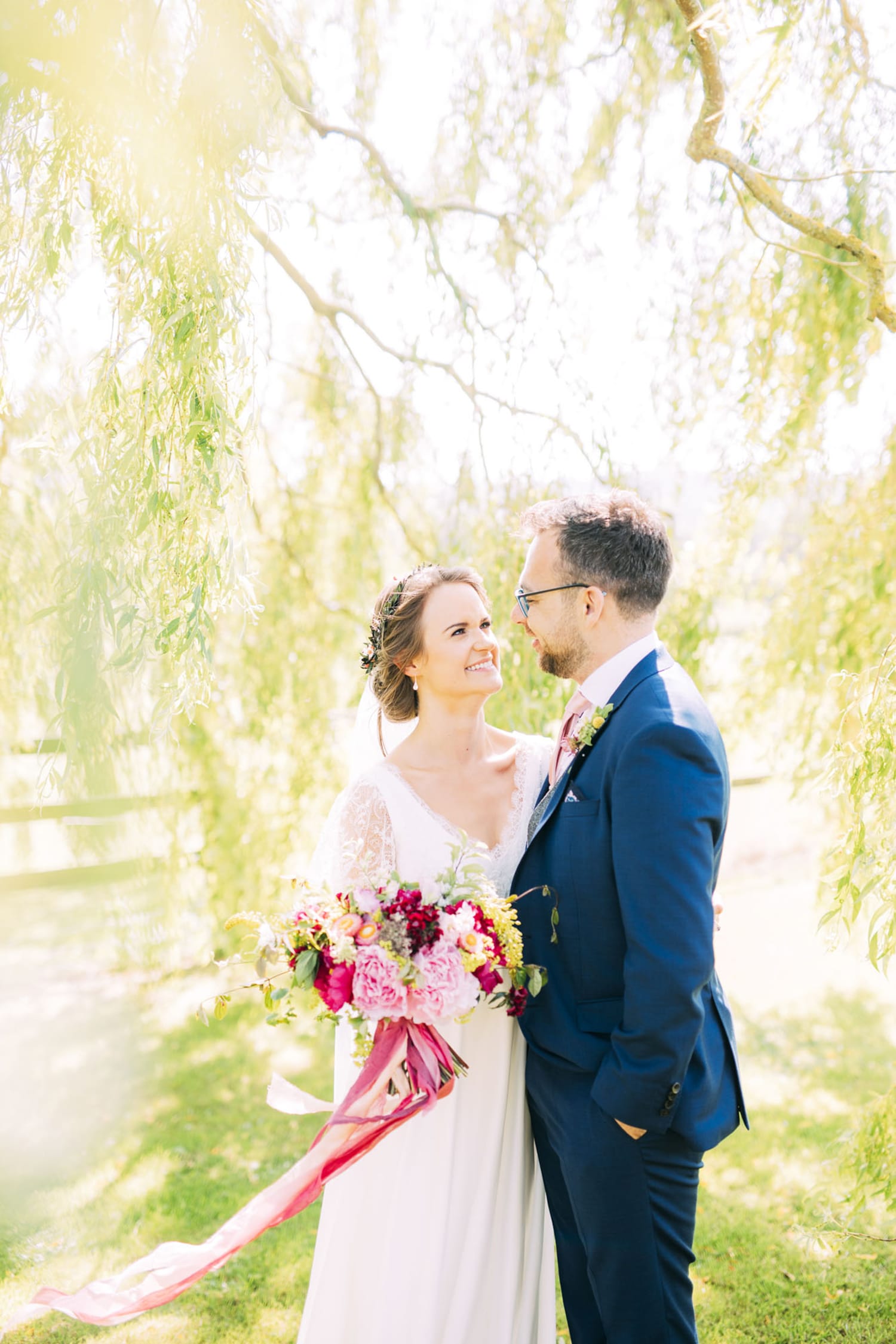
Focus peaking
Focus accuracy has been the bane of my life. I want to be able to use a camera as a tool so it can take away stressors and allow me to focus on being creative. The focus peaking feature provides this in spades.
10x zoom is at your fingertips right in the viewfinder. Compose > choose focus point > check focus > take picture, all becomes one fluid motion. In the past, photographing a scene at 17mm has taken me more time than I’d like. The ‘focus & recompose‘ method requires conscious effort if you’re shooting people, and Live View can be somewhat clunky. Now I can shoot a scene with an ultra-wide-angle and zoom in on an exact spot of my choosing without recomposing, and all at speed.
If you’re capturing a photo of a couple, simply wait for the emotion, capture the frame and move on. No lag from using the Live View, no guesswork, no need to take a few ‘just in case‘ frames at f8 to make sure everything is sharp. Picture taking is fun again.
Rear screen focus point selection
No joystick? No problem. Once you get used to using the screen to move the autofocus point, it becomes second nature. Fluid, responsive, and accurate, this is an excellent addition/innovation, and I hope to see this on all future mirrorless cameras.
Before buying the EOS R, I thought this sounded daft as your nose would move the focus point when it touches the screen. Thankfully, this has been considered, and you can set which part of the screen has to be touched before the feature is activated. In my case, I have it set to the bottom right quadrant. When I touch that with my thumb, it activates. Cool feature.
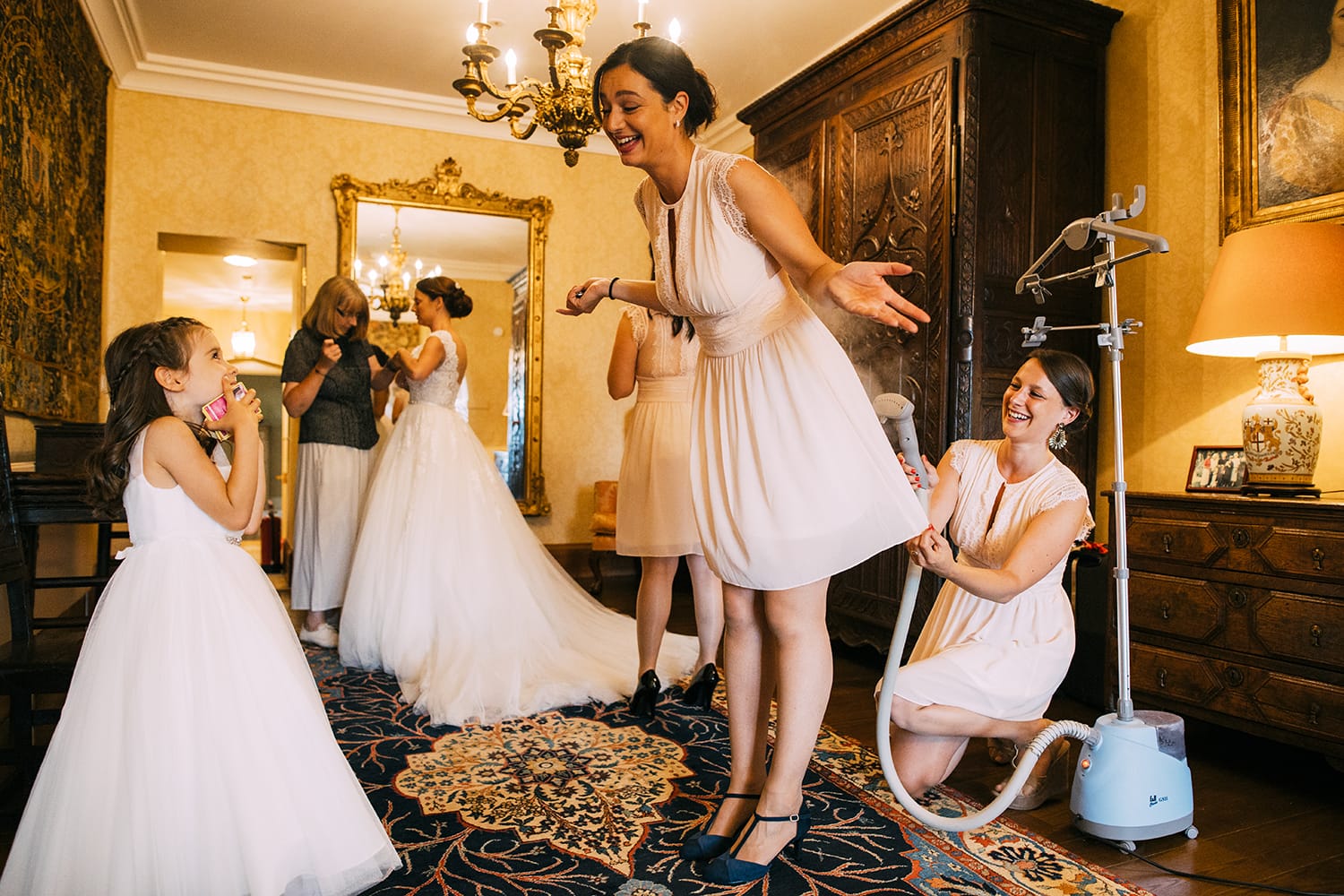
In-camera exposure
Of course, a staple of mirrorless cameras, but us Canon folks have been waiting a while for this – so let me indulge. Indoors to outdoors, sun to shade – exposure continually changing. Seeing what you are shooting has changed the game for me as there is no need to worry when working at speed, simply shoot and go.
No more ‘for the love of God, please tell me I remembered to change the ISO.’ There is the scene in front of you, happening in real-time, in all its correctly-exposed glory. Looks wrong? Change it, no more chimping.
Fully articulated screen
This falls under the ‘I never knew I needed this‘ category. Now that I have it in the toolkit, it’s indispensable. It’s easy to get stuck in a rhythm of taking pictures from your own height, and the images can feel monotonous when viewed as a narrative. Being able to accurately compose photos with your arms fully outstretched in the air or at waist level has made storytelling more dynamic and has saved my knees from concrete floors!
Battery life
I can shoot 4000 frames in RAW and get through 4 or 5 batteries. This is in ECO mode, but with a high refresh rate (low hertz makes me feel sick). The setup I have for it feels like any other camera, so it’s not as if ECO mode is a massive compromise. Considering it’s rated in the 400 region, I think that’s pretty decent.
Black and white viewfinder option
I focus on expression in my photographs, and it takes precedence over pretty much everything else. Being able to see the scene unfold in front of me in black and white has enabled me to zone in on composition and expression. The colour images are preserved, so you will have the choice when editing.
The bad

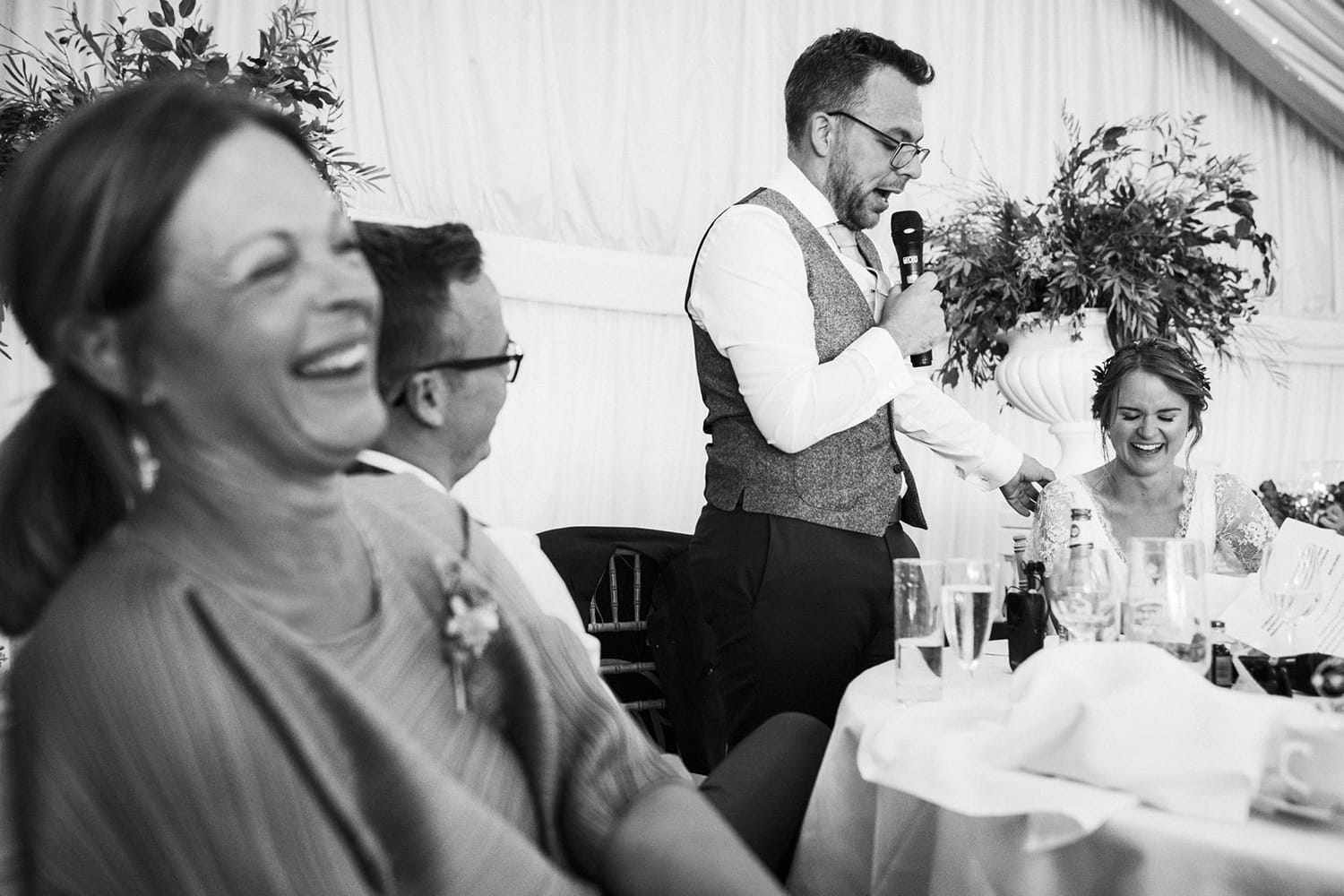
Focus tracking/AI-SERVO
When first launched, focus accuracy and tracking speed was pretty awful. Low frame rates and focus accuracy while tracking was hit and miss. The new firmware update is a marked improvement, and eye-tracking is now a useable feature. Sony is still the market leader in this field, though, so there are some improvements to be made. If you’re shooting sports, the R will be a letdown for a couple walking towards you, perfectly fine.
Ergonomics
Some photographers have hands like bricklayers. I have hands like a… horologist? You know, dexterous fingers for delicate work, like threading a needle, or playing Operation. If you’ve got chunky hands, this will feel like a toy. I say this because it only just fits my hands, so who knows what it would feel like if you’re used to the 1d series. I see these creating wrist problems if continuously used.
I have had to modify my grip, so the camera rests in my palm, and my middle finger activates the shutter, while the index finger operates all controls on the top. It sounds odd, but it works. You can buy a tiny grip extender, but that just feels like a money grab, or that the ergonomics were overlooked in the first place. Either way, it needs work.

Balance with bigger lenses
I use the Sigma 24-35 f2, which admittedly is a monster, but for the sake of this article and to give some perspective, the only lens that I’ve put on it that didn’t throw off the balance was the 24mm EF-S pancake.
Remember, there’s an adaptor to consider (unless you’re using RF lenses), so the additional length it adds to any glass makes it front heavy. Throughout a 30-year career, you’re talking RSI problems for sure, so something’s got to give.
Line type autofocus
Moving from an SLR to a mirrorless camera? You’ll be immediately impressed by the autofocus speed, it’s incredible. However, the autofocus on all my previous gear was cross-type, so the accuracy was phenomenal. The autofocus on the R is line-type. Have I noticed massive inconsistencies or differences? No. It’s pretty much bang on. The idea that it’s line-type when cross-type autofocus technology exists is odd. Hopefully, it’s something included on the R5 – unless someone can tell me why I shouldn’t worry about it.
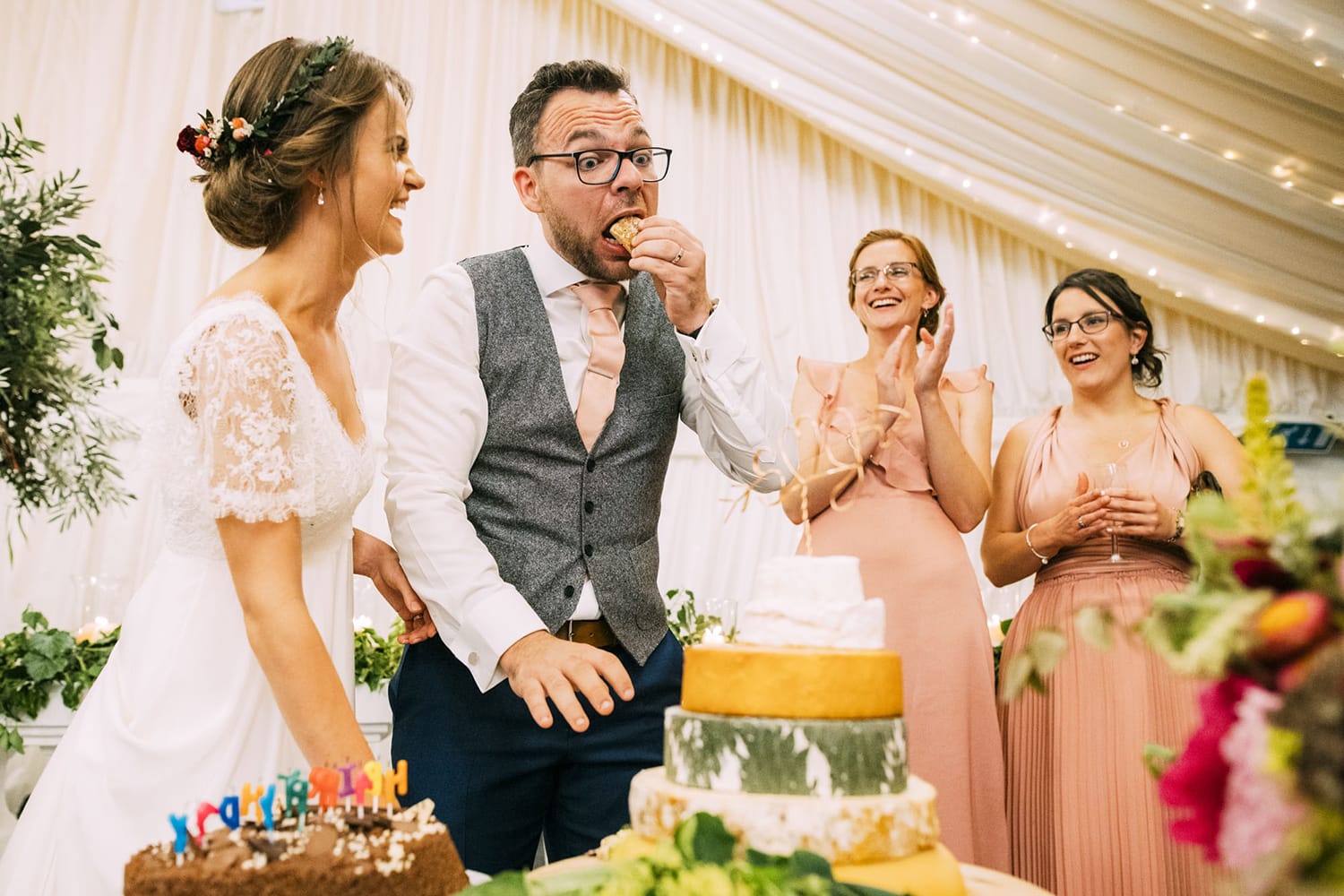
The touch bar
I photograph in a documentary style. For me, this bar is useless. I shoot quickly using settings that are locked in. If I do need to change them, they are a maximum of two button presses away. For the touch bar to work, you need to use an unfamiliar gesture and wait for the setting to unlock. Kudos to Canon for trying to innovate, however, the features of the touch screen largely negate the need for a joystick, so this becomes redundant in my eyes.
No IBIS
I don’t use it, but it would be remiss of me not to mention that the R has no built-in stabilization. Canon stood firm by the ‘lens stabilization is better‘ mantra. Right up to the point of announcing the R5 that is…
The ugly
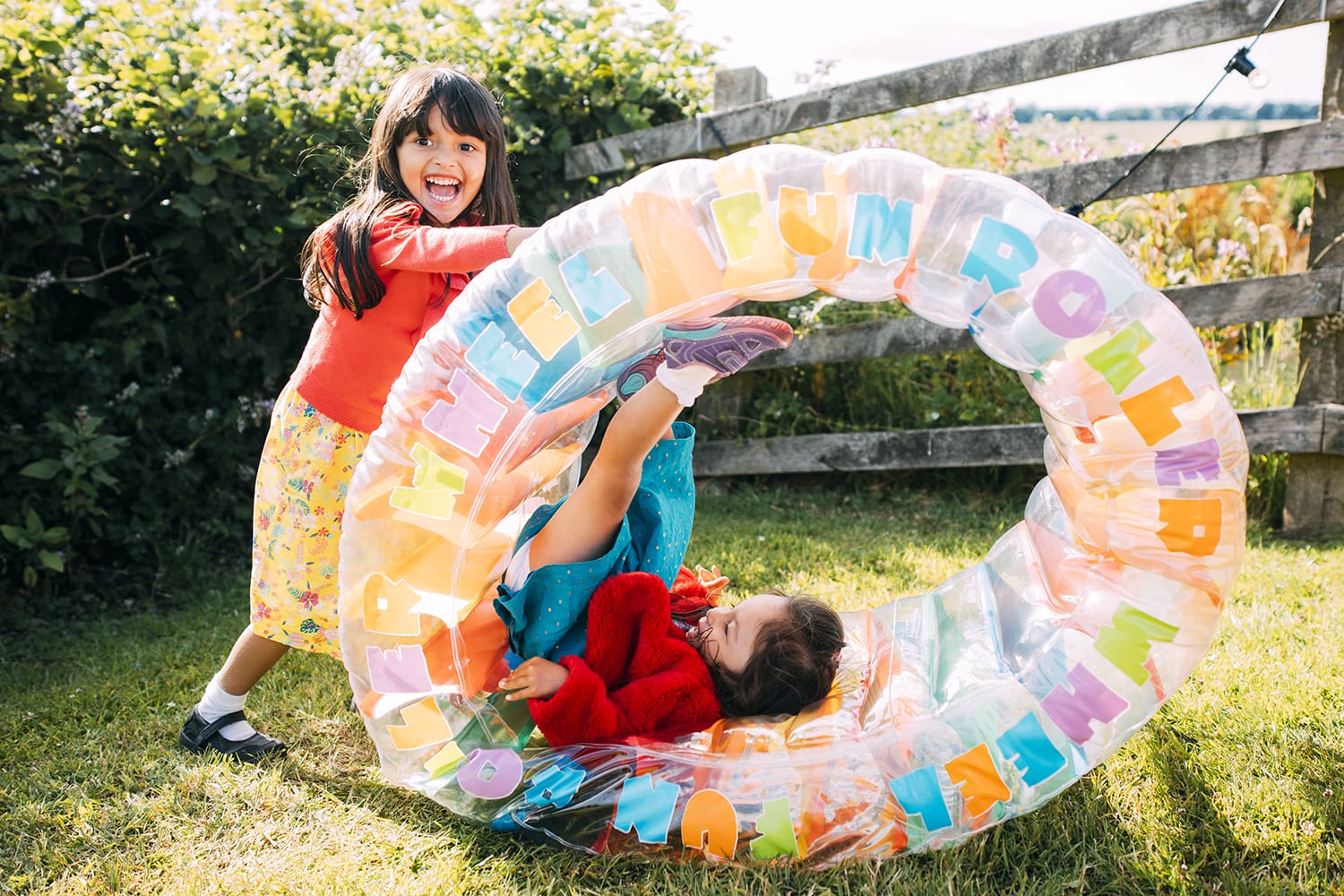
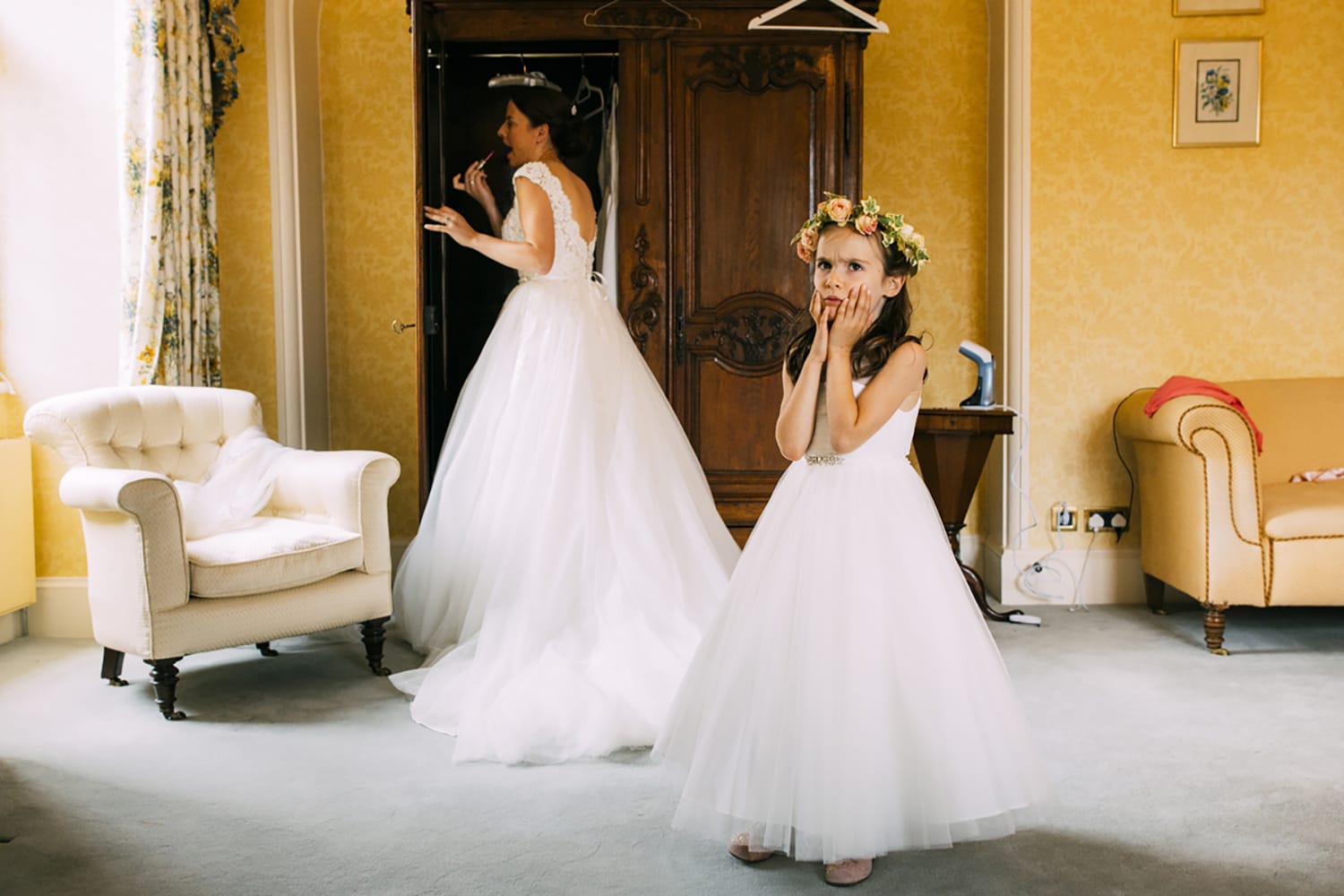
Single card slot
One of the main reasons this camera took a hammering on the forums when it was announced, and rightly so to be fair. To most professional photographers, two card slots is seen as standard, and without them, the camera can’t be considered. I would debate the importance of this one factor, however I do understand why this would be the case for so many. Onsite redundancy is a massive weight off of one’s mind. The R does offer wifi and Bluetooth connectivity, so onsite backup is possible by syncing to a tablet or phone at the expense of battery life.
Price, but…
Considering Canon is late to the mirrorless party, and on paper, the R doesn’t match the offerings of other brands, the price is high. However, with the introduction of the R5, one can only assume that the cost of the R and the RP will come down. If you’re an existing Canon user with a catalog of lenses, I firmly suggest you give one a go. Even if it’s only renting one for a week when you go on holiday, I’m pretty sure you’ll love it.
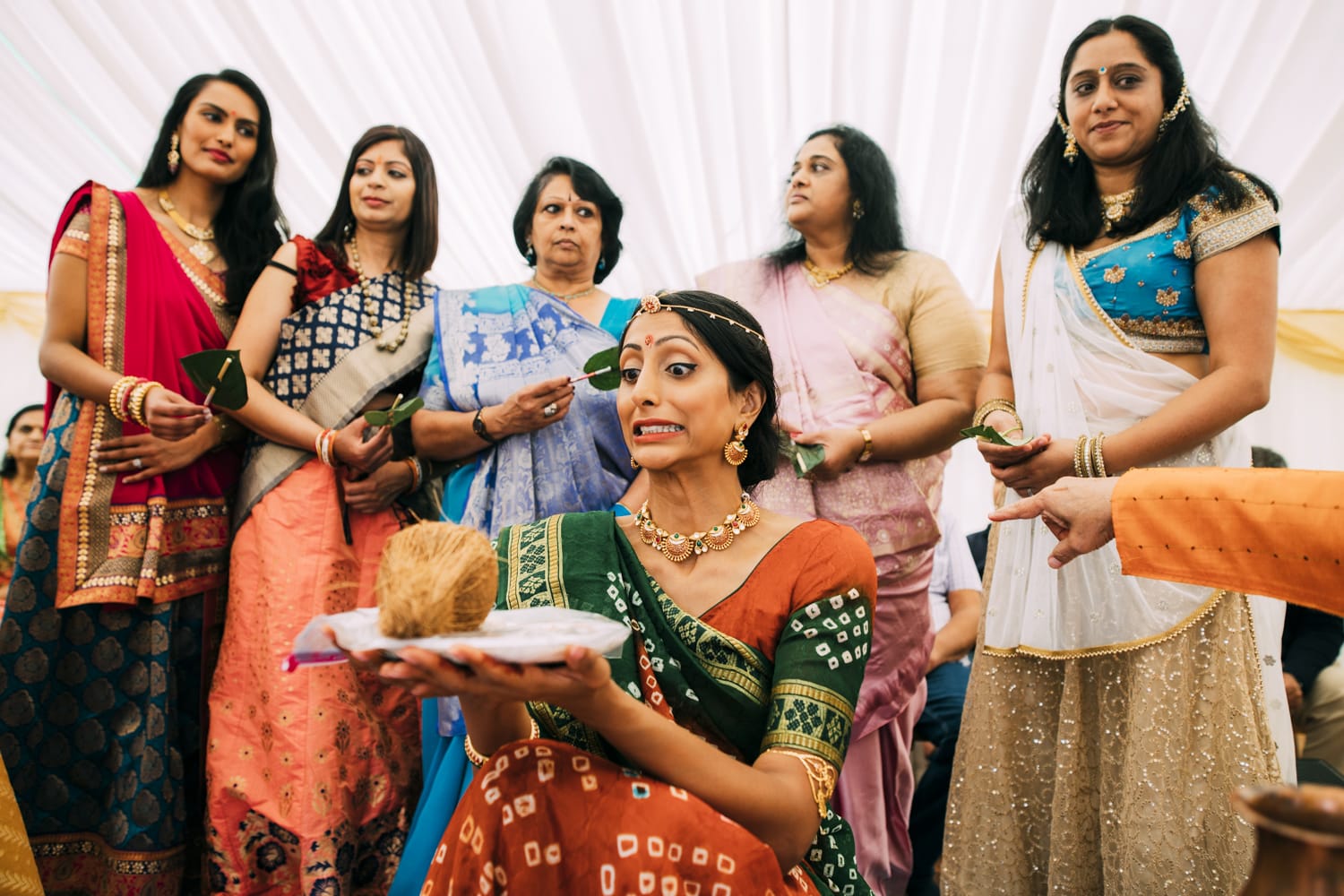
In conclusion
Sony’s mirrorless cameras always felt clunky to me. I probably say that because I stubbornly didn’t want to admit that they were better. So I found an excuse to write them off in my head. Either way, I waited, and I’m glad I did.
In my relatively short career, I’ve moved from shooting on an EOS3, through most of the DSLR range and on to an EOS R. To have any complaints would be ridiculous. If I analyze my work truthfully, if something has ever gone wrong, it’s usually been my fault (except for when the 5d Mk2 wouldn’t focus, that was all on the camera :)).
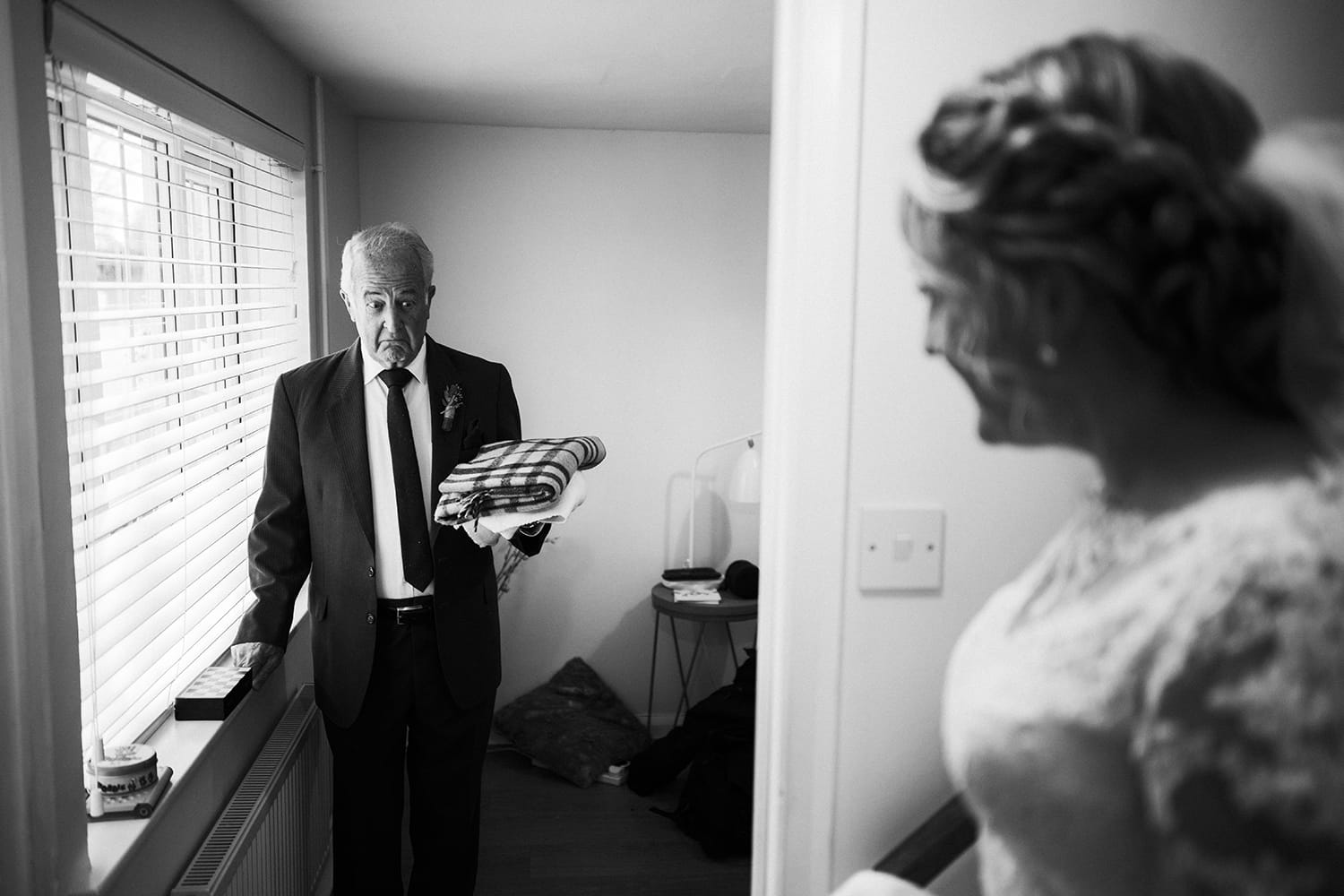
The Canon EOS R feels solid in hand, is well made, and is robust. The megapixel count is plenty, the autofocus is fast and accurate, and the new focusing system, focus peaking, and EVF are fantastic features. If it had two card slots, I’d easily score it 9/10. As it is, it’s a solid 8.
The R5 has the potential to put Canon back on top in terms of spec and sales. Still, unless it is introduced at a reasonably low price (looking at the spec surely it will be in the £5000 region?), I’ll be capitalizing on a price drop across Canon’s line and will buy another R.
Why? Because it does everything I need. And it does it to a very high standard. It may not lead the field in eye-tracking or stabilization, but if you don’t need those features, then you could land yourself a fantastic camera at a significantly reduced price when the R5 lands in July.
